Nestled in the mouth of Rio de la Plata, Buenos Aires is Argentina’s domineering capital, a city of 12 million people of whom the majority are of Italian descent. With its tree-lined avenues and marble buildings its European influences are palpable, but scratch a little under the surface and an edgier and far more seductive picture appears.
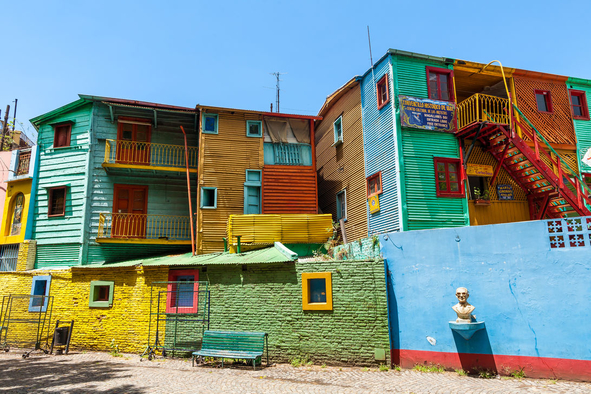
Buenos Aires (Photo: Alessandro Grussu)
With points of interest all over this sprawling city, exploring Buenos Aires can be a daunting prospect. Nevertheless, with a little organisation, you can experience a whole range of unique activities: from sipping whisky in a tango hall to bouncing around like a lunatic in a football match. More than anything though, the heart and soul of the city is defined by its people, so don’t be afraid to chat and ask questions – you never know where it might take you.
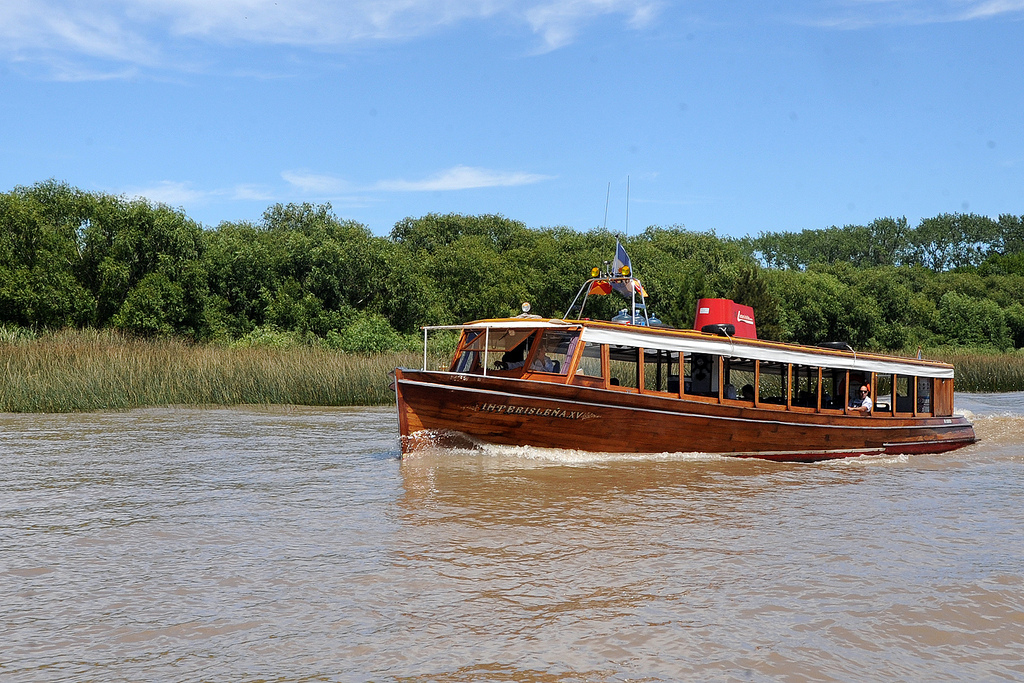
Tigre Municipio (Photo: Tigre)
Doing the Delta
At about 40km north of Buenos Aires lies the bustling, riverside town called Tigre. It sits on the Rio de la Plata, a vast stretch of waterways that snakes its way up to Paraguay. It’s simultaneously one of the strangest and most beautiful landscapes in South America and the city’s most popular day-out destination. While locals descend in droves on the weekends, weekdays bring a laid-back atmosphere where you scan the stalls of the local fruit market, visit the Museo de Arte Tigre, or, to really get the best of the Delta, head out on a riverside boat into the labyrinth of the Delta’s coffee-coloured rivers and densely vegetated islands.
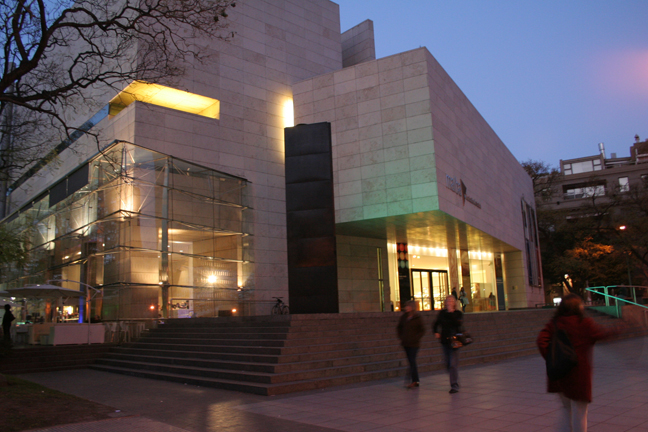
MALBA (Photo: Nikki, Flickr)
Catching up with the local art world in MALBA
Known as the Paris of South America, Buenos Aires’s tree-lined avenues are reminiscent of some of Paris’s finest. But it’s thanks to the cultural agenda that the city compares most favourably to the ‘City of Lights’, and nowhere showcases the contemporary and historical Latin American art scene better than MALBA. Permanent exhibits by Diego Rivero, Frida Kahlo, Guillermo Kuitca, and Grete Stern are complemented with temporary art exhibitions and film cycles. An airy café serves up high tea, champagnes and sponge cakes to re-energise weary visitors.
Stepping into a tango hall
Helped by the recent influx of tourists, the grand old rhythm of Buenos Aires now enjoys a popularity not seen since the 1970s. For the wooden-legged, there are plenty of beginners’ classes and places to enjoy tango in its acoustic form. La Catedral (www.lacatedralclub.com) with its Neo-Gothic decor looks more like a squat than a traditional tango hall. But even for non-dancers, this cavernous space merits a visit, if only for the cheap beer and the chance to watch couples shuffle around in a fun and relaxed atmosphere.
Grabbing a quickie in a Telo (love hotel)
Ever since the government cracked down on brothels back in the 1930s, telos (love hotels) have played a major role in Argentinian society. Popular with teenagers escaping parental eyes and lovers cheating matrimony, regular couples also check in to spice up their sex lives. With over 200 to choose from in the city, the range of categories and prices is ample: rates start at 20USD for a ‘quickie’ rising to over 200USD for a whole night of hanky-panky. Try to resist zapping the porn channels on the TV – it’s just not classy.

La Bombonera (Photo: mydearboy)
Running out of adrenalin in La Bombonera
Watching a footy match in Argentina is a life-affirming moment, often treated with the sort of fervour that borders on the obsessional. Out of all the teams playing in the capital, the most memorable and hair-raising matches are in the La Bombonera, the Boca Juniors’ stadium and Diego Maradona’s former club. Come kick-off, a cacophony of fireworks and insults greets the two teams, – even if you’re not a fan, it’s hard not to be moved by the crowd’s passion. In a country where the best players are shipped off before they can barely tie their laces, the standard of football is of almost secondary importance. Just don’t tell that to a local fan…
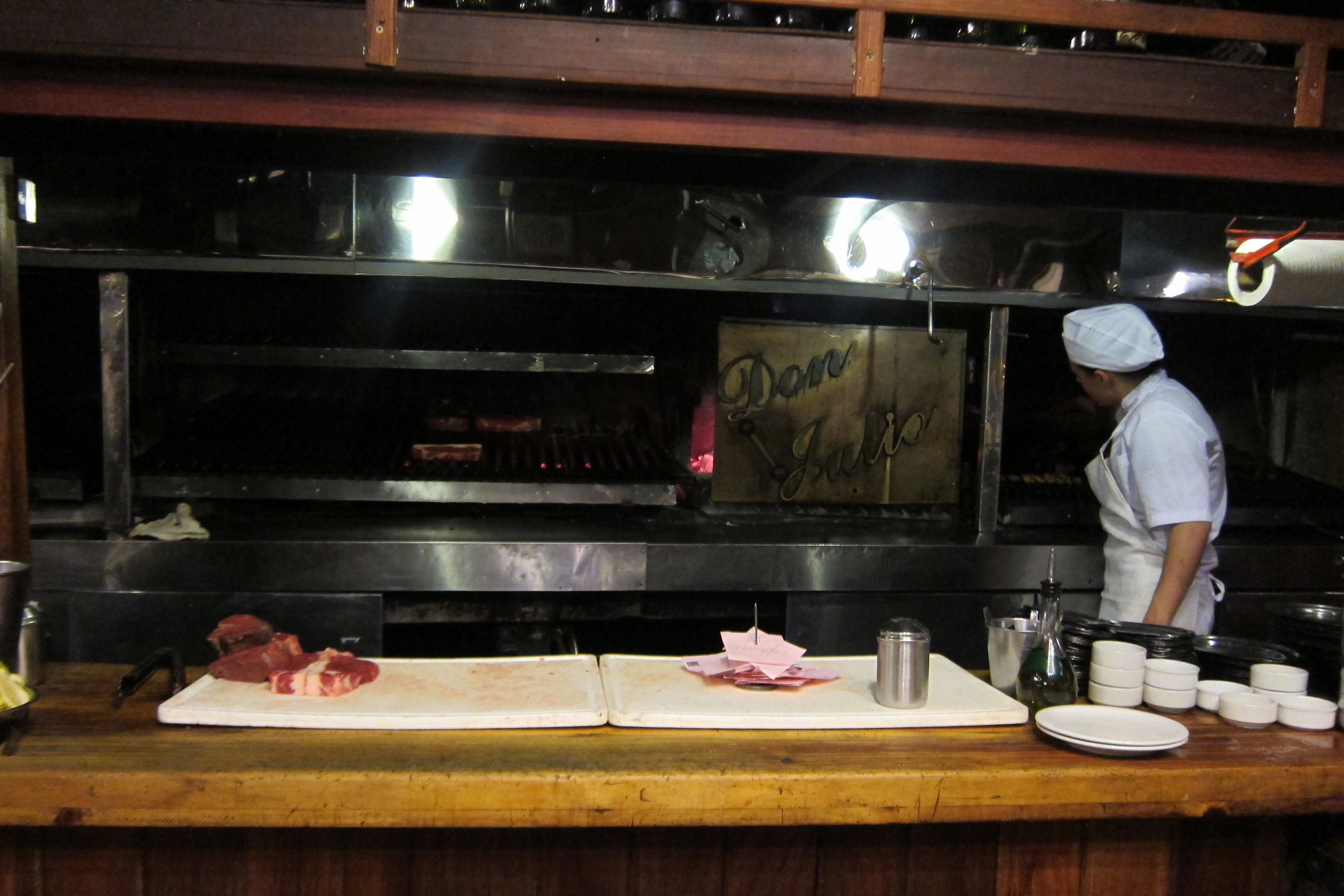
Parrilla Don Julio (Photo: Wally Gobetz)
Eating half a cow in Don Julio
Beef is king in this carnivorous capital where the best cuts of meat are slowly grilled to perfection in countless parrillas (steakhouses) around the city. With so many options available, it’s important to note down a few ‘must-eats’ before you set off. Don Julio, in Palermo (www.parrilladonjulio.com) repeatedly heads journalists’ top-ten lists (recently voted No 21 in ‘Latin America’s Top 50 Best Restaurants) and most importantly of all, is regularly cited by locals as their favourite. A classic and traditional parrilla, it ticks all the right boxes with the juiciest of tenderloins and skirt steaks supported by the best Argentinean wines.

Parques de Palermo (Photo: Leonora Enking)
Feeding the ducks in the Bosques de Palermo
Although the present government seems determined to modernise and reinvent its parks, several green spaces have managed to escape the good intentions of those in power. The Bosques de Palermo is the largest park in Buenos Aires; home to over 5,000 species of plants and trees, it gracefully separates the city from the river’s edge. On any given day, you’ll find joggers, cyclists, roller-skaters, lovers and come nightfall, the odd transvestite peddling their business. But its true beauty is to be found in area called La Rosedal, close to where the ducks and geese paddle around and the roses bloom throughout the long summer. Come here with a picnic, a bottle of Malbec and enough crusts to keep the webbed-feet guys happy.
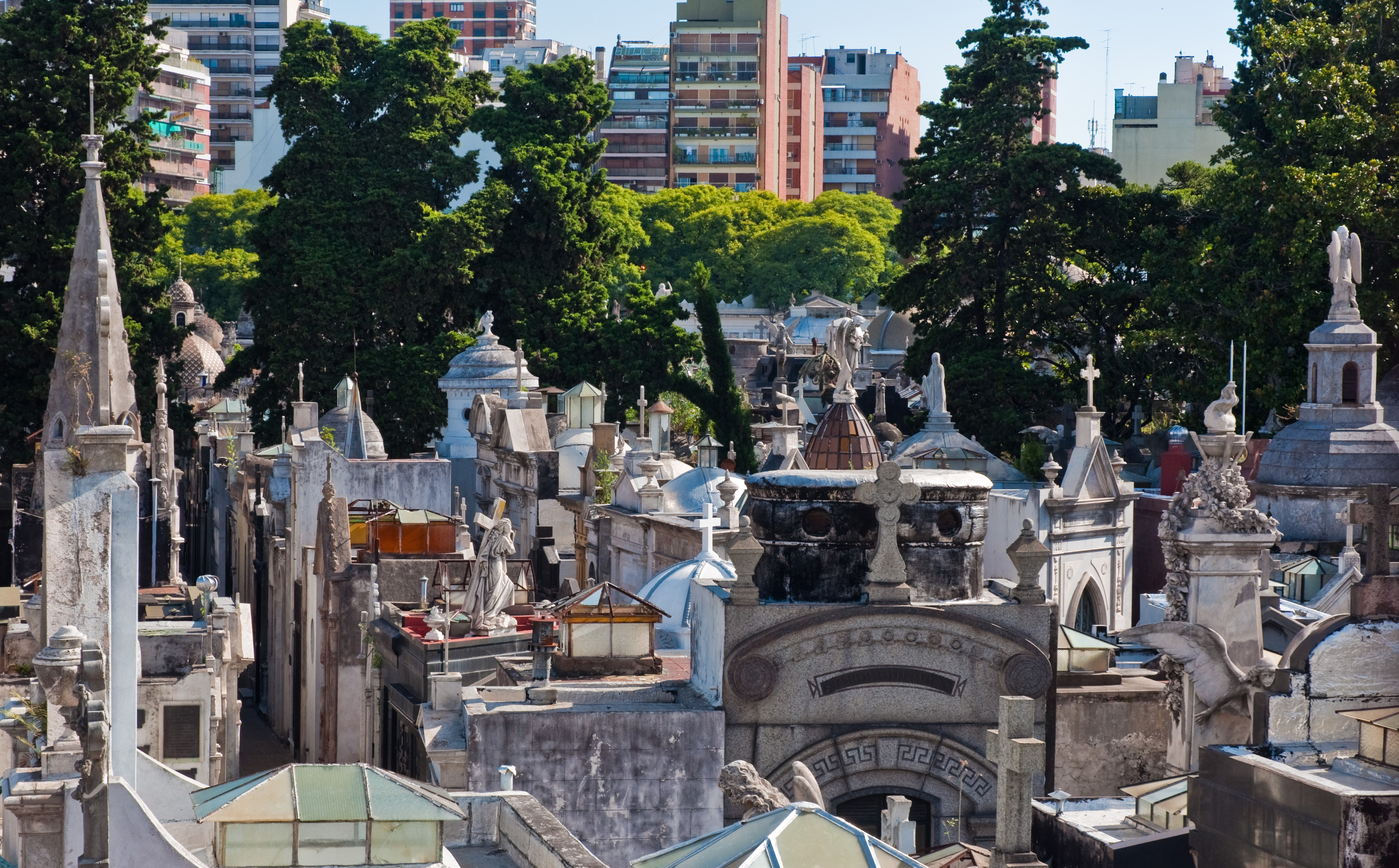
Recoleta Cemetery (Photo: Phillip Capper)
Catching up with Evita in the Recoleta Cemetery
Get lost in Buenos Aires’s most expensive patch of real estate and also home of Maria Eva Duarte de Perón, better known as Evita. Of course, no one actually lives here. A wander through the cemetery’s leafy paths is one of the city’s undisputed delights, and although many ex-presidents and prominent figures of Argentine history are buried here, the graveyard’s biggest draw remains Evita’s mausoleum (although by no means the most impressive). It’s easy enough to find, just look for the flowers and crowds gathered around it.
Chowing down on cheesy pizza
Although beef will always dominate Argentinian cuisine, pizza plays a fine second-fiddle. Take a stroll down Avenida Corrientes and in between the bookshops and old theatres halls, you’ll find numerous pizza joints. Angelín, in Palermo, is a national institution, a tiny pizza joint with a huge reputation. Order a slice of fugazzeta con queso (cheese and onion stuffed crust pizza) to take away or saddle up on a stall at the L-shaped counter. For a surefire pizzeria downtown, El Cuartito is a firm favourite among large families and taxi-drivers – always a good sign – recharging batteries after a hard shift.
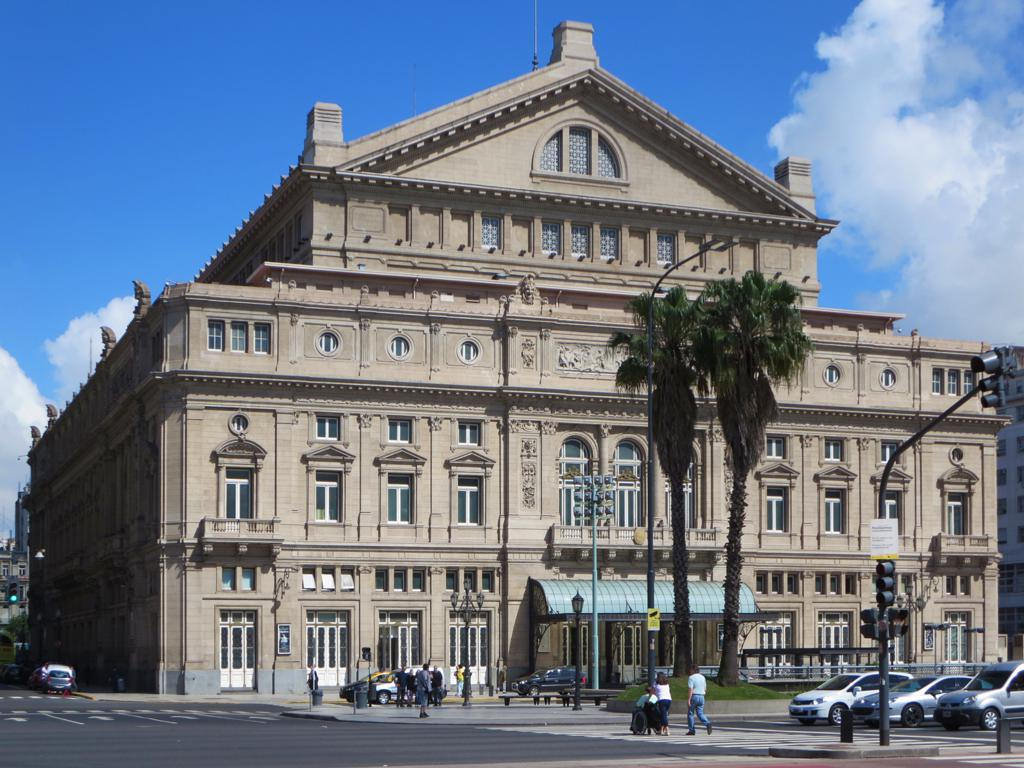
Teatro Colon (Photo: David Stanley)
Gawping from the gods in the Teatro Colon
Most tourists are awed by the sheer size and beauty of the Teatro Colon, one of the city’s most prominent architectural landmarks and, by general consensus, the third best theatre in the world. Originally opened in 1889, it recently underwent a five year refurbishment to restore it to its former splendour. Stravinsky, Bernstein, Pavarotti, Barenboim and Maria Callas are just a few of the names to have graced its stage, while the finest ballets, operas and orchestras regularly drop in on world tours. If you’re unlucky enough to be in BA between spectacles, you can always take a guided tour.
Sipping tea in the Alvear Hotel
No trip into the history of Buenos Aires is complete without a cocktail or cup of tea at the Alvear Palace Hotel. Taking up half a block of the palatial Avenida Alvear, its 192 rooms are an ocean of opulence with antique French furniture and Hermès accessories scattered around the jacuzzis. For mere visiting mortals, you can either sip a chilled a glass of bubbly in the recently inaugurated Champagne Bar, or go old-school, and order high tea in the Lobby Bar.
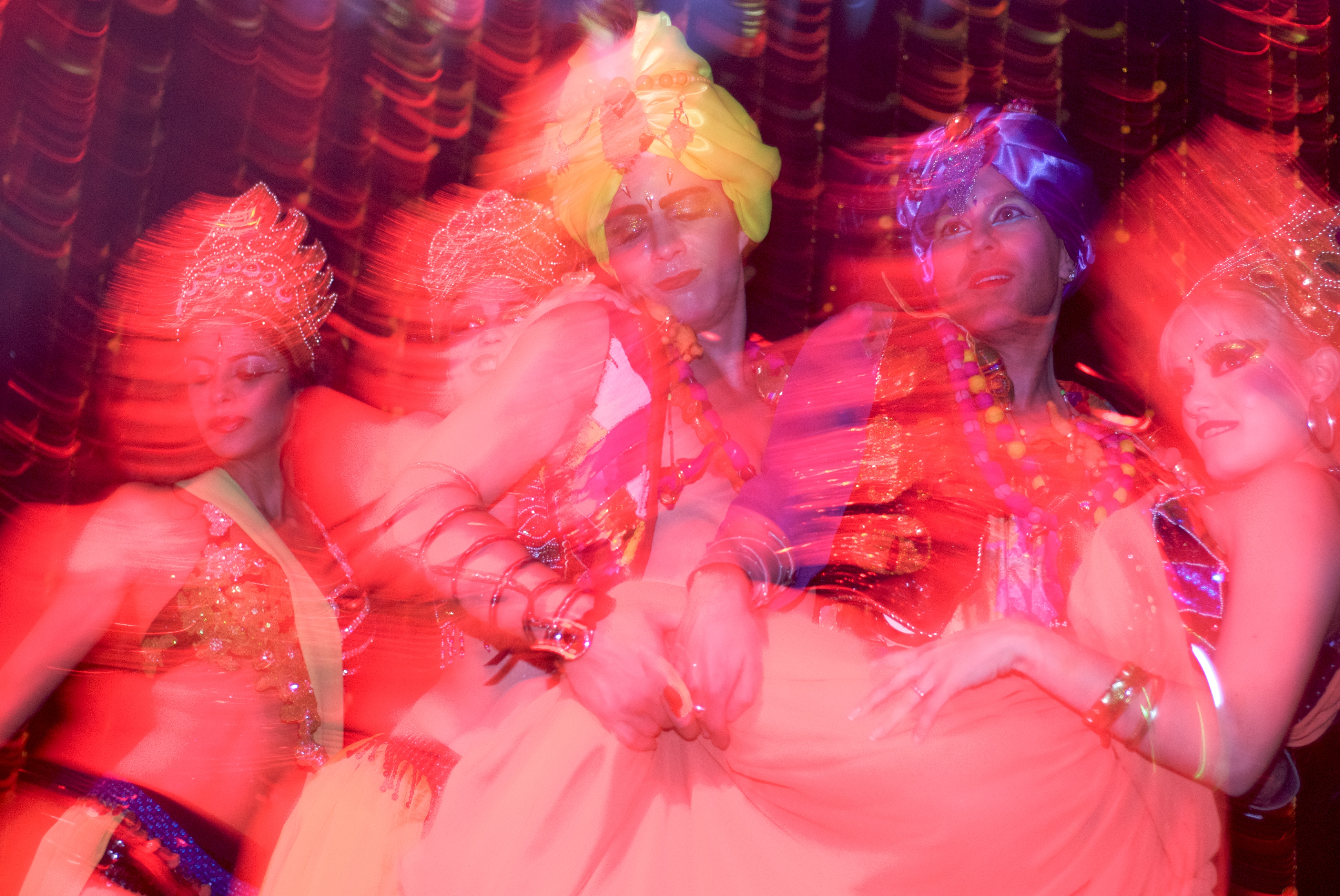
Club 69 (Photo: Beatrice Murch)
Bouncing around in Niceto Club
Renowned for its almost non-existent opening hours and crazy parties, BA has built up a reputation as a top clubbing destination – and rightly so. With doors opening late, most clubbers take a nap before heading out to for pre-dance drinks. Trainers and T-shirts will get you into most venues, although bouncers at popular clubs like ‘Jet’ and ‘The Roxy’ might demand something smarter. One of the most reliable venues for a good night out is Thursday night at Niceto Club. Now into its third decade, Club 69 is a full-on show of drag queens, strippers, and breakdancers gyrating to the sounds of cumbia and electronic music.
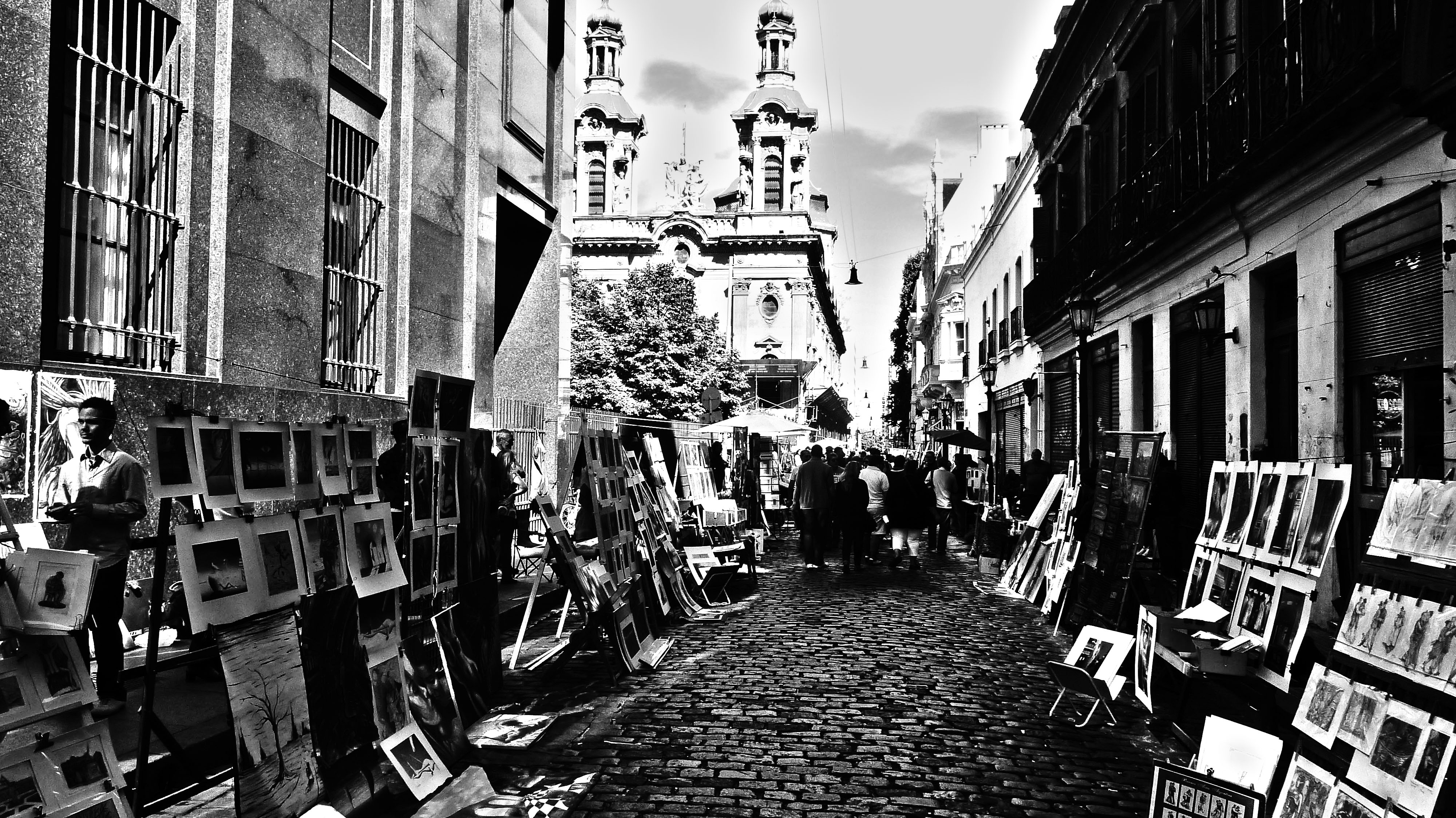
San Telmo Market (Photo: Mariano Mantel)
Rummaging through antiques in San Telmo market
It is more than 10 years since Argentina was a true bargain tourist destination, but that shouldn’t put you off heading down to Sunday’s San Telmo flea market for a browse. Market stalls stretch out along the full length of Calle Defensa and into adjacent streets but it is the epicentre, in Plaza Dorrego, where the market day is most captivating. Think open-air tango shows and market stalls stacked with tango memorabilia, paintings, antiques, coloured glass water syphons and Granny’s old jewellery.
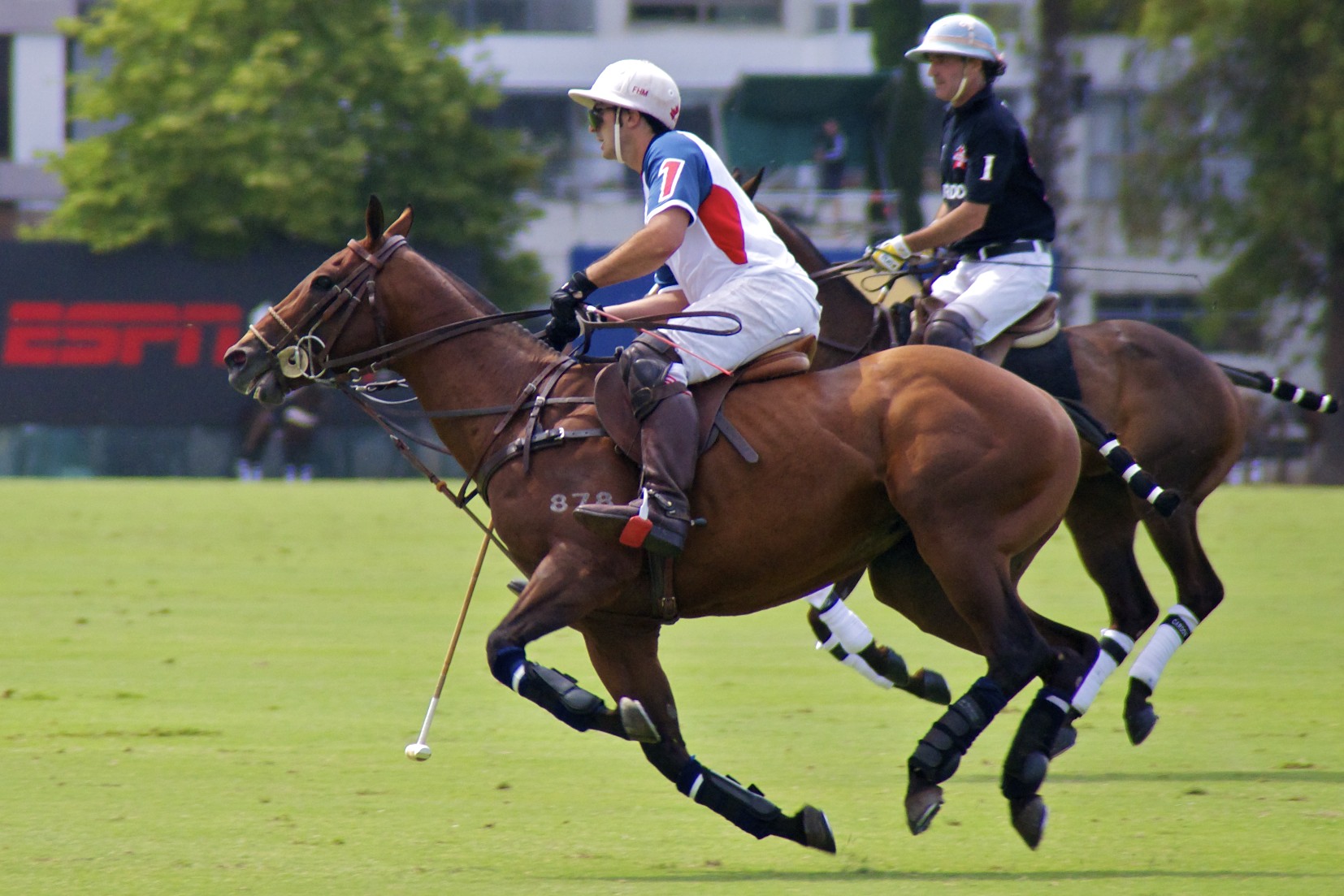
Abierto de Polo (Photo: Roger Schultz)
Hobnobbing at the Abierto de Polo
The bulk of polo matches are played between September and November with the season culminating with El Abierto de Polo. Taking place in the magnificent Campo Argentino de Polo, the matches attract huge crowds although most people are more interested in the eye-candy than the games themselves. It’s a true playground for the rich and famous, with the large, white marquees full of champagne stands and people pretending to be important.

Graffiti Tour (Photo: Sebastian Dario)
The best of Buenos Aires street art
Paying to see graffiti sprayed on walls and buildings might not be the most obvious way to spend an afternoon, but Graffiti Mundo’s fascinating tours are well worth the hype. For years, Argentina’s street art has been a symbol of protest and resistance during the endless cycles of repression and economic disaster. Graffiti Mundo’s tour will lead you into neighbourhoods you probably wouldn’t discover (e.g. Colegiales) and while doing so, it’ll give you a unique insight into the history of both the city and the artists behind the art.